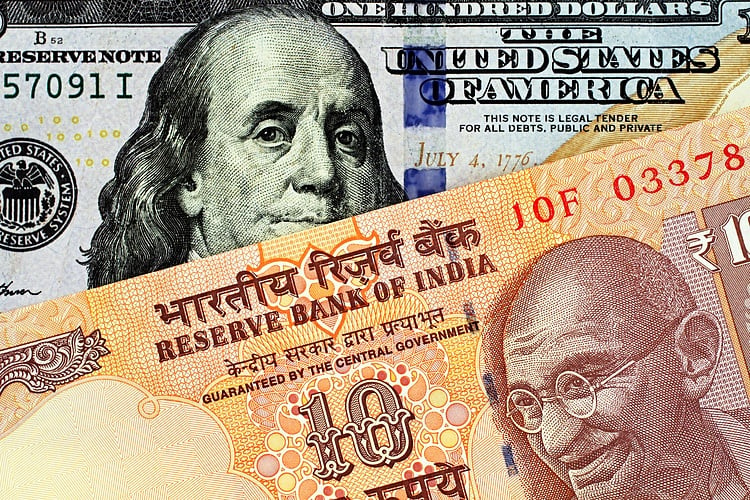Indian Rupee remains steady despite weaker USD and lower oil prices. The Reserve Bank of India’s Governor Shaktikanta Das expressed optimism about India’s economy and estimated real GDP to grow by 6.5% in fiscal years 2023-24 and 2024-25 due to robust growth. Despite elevated US treasury yields, the Indian Rupee has shown moderate volatility and orderly movements compared to its peers.
On Thursday, the Indian Rupee remained flat despite a softer US Dollar and declining oil prices. The Indian central bank will closely monitor external financial factors that may impact the value of INR and the nation’s balance of payments. Traders are preparing for the Thanksgiving Day holiday in the US and the attention will shift to the US S&P Global PMI data on Friday.
RBI Governor Das also mentioned that the Indian economy has shown resilience amid a global slowdown and emphasized the country’s reliance on domestic demand. The Ministry of Finance reiterated concerns over inflationary risks and the RBI’s plans to pursue disinflation to align inflation gradually to the target while supporting growth.
Technical analysis indicates a positive outlook for the Indian Rupee, with resistance levels at 83.35 and 83.47 and support levels at 82.80 and 82.60. The US Dollar was weaker against major currencies, with the New Zealand Dollar being the strongest.
The Indian Rupee is sensitive to external factors such as the price of crude oil, the US Dollar value, and foreign investment levels. Factors that influence the value of the Rupee include inflation, interest rates, economic growth rate, balance of trade, and inflows from foreign investment. The RBI actively intervenes in forex markets to maintain a stable exchange rate and adjust interest rates to target inflation.
